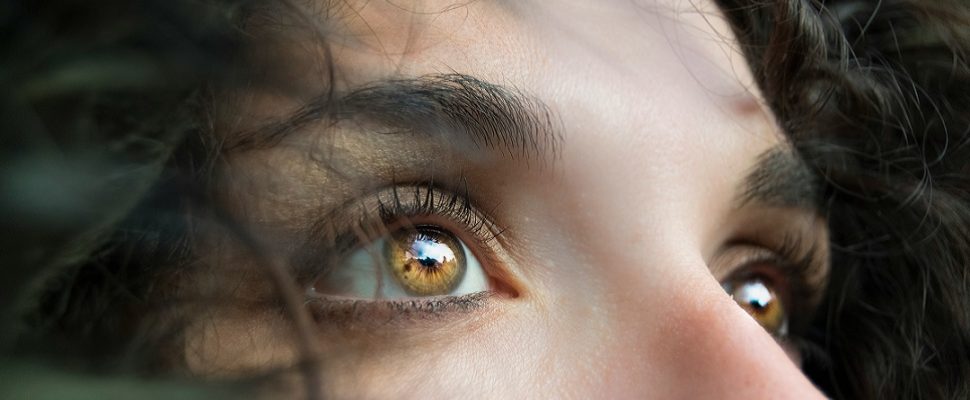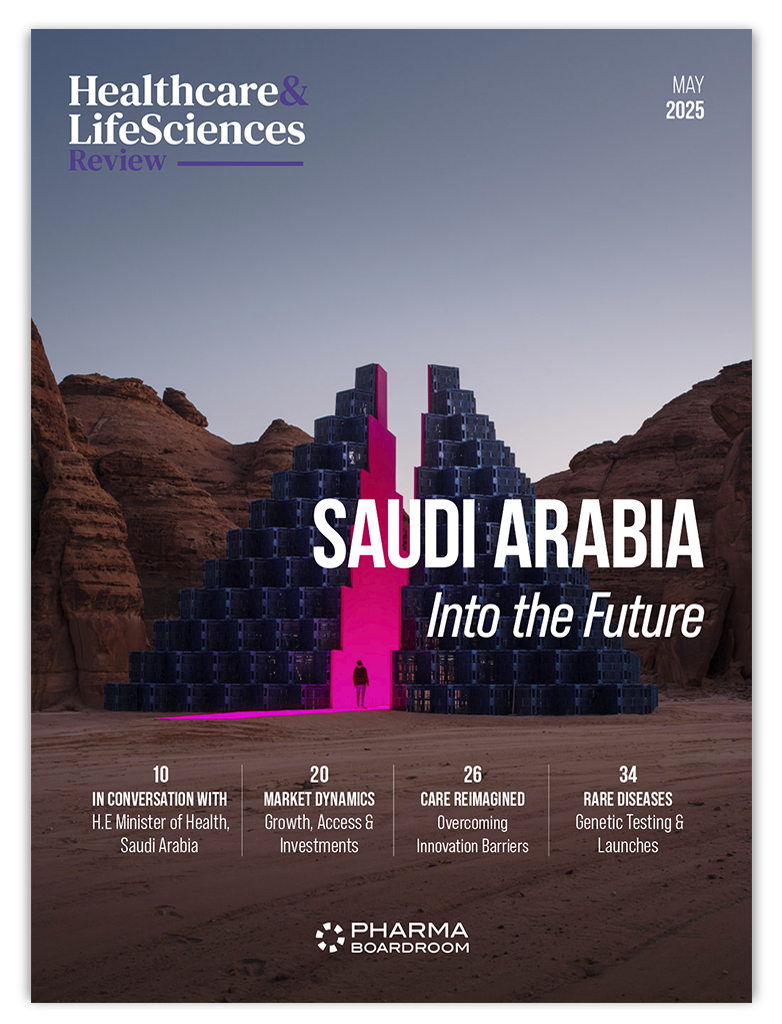Eye health is vital to everyday life, yet it remains heavily underfunded compared to fields like cancer or diabetes. While global spending on oncology is set to reach USD 440 billion by 2028, ophthalmology will receive just USD 38 billion, according to IQVIA. This gap is striking given the growing burden of eye conditions such as cataracts, glaucoma, and diabetic retinopathy driven by ageing populations, rising rates of obesity and diabetes, and increased screen time. In Saudi Arabia, and the Middle East and Africa region more broadly, several key factors differentiate the ophthalmology market from its counterparts in Europe, America or Asia, meaning that multinational firms working in ophthalmology need carefully tailored strategies, both to ultimately bring forward medicines and health solutions that best meet local patient needs, as well as to educate stakeholders and raise awareness of the importance of eye health.
A Growing Health Priority
While eye conditions do not generally share the immediate, life-threatening nature of diseases like cancer or stroke, they can still have a devastating impact on patients, their families and society at large.
The representatives of multinational ophthalmology firms working in Saudi Arabia note that this concept is breaking through in the Kingdom and that eye health is gaining in prominence. “The establishment of the National Prevention of Blindness Committee [in 2001] was a major step forward,” says Mohamed Ayad, Middle East lead for ophthalmology-dedicated Japan-headquartered Santen. “Saudi Arabia was also among the first countries to sign the WHO’s Comprehensive Eye Health Action Plan (2014-2019) to integrate eye care into health systems,” he adds.
Ali ElAkkad, general manager of Bausch & Lomb Pharma and Consumer for the Middle East and Pakistan, points to King Khaled Eye Specialist Hospital, one of the leading eye care facilities in the region, as an example of governmental support for the field. “This institution plays a pivotal role in eye care in Saudi Arabia, serves thousands of patients annually and leads in both education and the dissemination of knowledge about eye care,” states ElAkkad.
“If eye care were not considered important, the government would not support such institutions. Recently, the Hospital also became a non-profit organization under the Royal Commission and established a research centre, highlighting the government’s commitment to advancing eye care research and innovation,” he continues.
Dry Eye: Massive Prevalence
What though, are the regional specificities that differentiate ophthalmology in Saudi and the Middle East from its counterparts elsewhere? One major factor is the prevalence of dry eye, a chronic condition where the eyes do not produce enough tears, or the tears evaporate too quickly, leading to inflammation and damage to the eye’s surface. If left untreated, it can affect vision and quality of life. While Europe’s ageing population means that glaucoma is the leading segment in the ophthalmology market, the Middle East’s relatively young demographic – which spends lots of time looking at screens and limited time outdoors – make dry eye a crucial healthcare need in the region.
As Fadi AlSafadi, senior director of the surgical franchise and cluster manager for the Middle East and Africa at Swiss-headquartered Alcon, explains. “One contributing factor to the rising prevalence of dry eye disease is the significant amount of time people spend in front of screens. Studies show that we spend around 40 percent of our waking hours using devices like smartphones and laptops, which reduces our blink rate by 60 percent. Blinking is essential for refreshing the tear film on the eyes, so less frequent blinking can lead to an increase in dry eye cases. This is a global trend, but it is particularly noticeable in the Middle East, where screen use is widespread.”
“Dry eye affects the majority of the population in the Gulf region,” adds Bausch & Lomb’s ElAkkad. “This is an area where we have introduced several innovations over the years, offering solutions that meet the needs of both patients and healthcare professionals.”
Other Challenges
That is not to say that dry eye is the only segment in which eye health companies can make an impact in Saudi and the Middle East. While the population remains relatively young for now, it is ageing, leading to an increase in age-related eye diseases such as cataracts. “Cataracts are a major cause of blindness, with data from the Africa Health Organization indicating that 51 percent of blindness in the region is cataract related,” notes Alcon’s AlSafadi.
Then there is the interaction between eye health and other chronic conditions, most notably diabetes. “The growing prevalence of diabetes and its associated eye diseases, such as diabetic retinopathy and macular degeneration is another major trend,” adds AlSafadi. “In the Middle East, diabetes is widespread and nearly 20 percent of diabetic patients experience eye issues like diabetic retinopathy. These conditions directly affect vision clarity by damaging the retina, which is crucial for vision due to its role in containing the photoreceptors.”
Finally, certain rare diseases are having an outsized impact in the Middle East, as Santen’s Ayad explains, “Santen has a strong portfolio of innovative products, including treatments for rare diseases that are more prevalent in the Middle East due to the hot climate. For example, diseases like vernal keratoconjunctivitis, which causes a severe and recurrent allergic eye condition, are more common here than in Europe.”
Training & Awareness
Beyond bringing treatments forward for the aforementioned region-specific eye health challenges, training, awareness raising, and capacity building have become crucial to companies like Alcon and Bausch & Lomb, and Santen.
For Alcon, that means establishing an ‘Alcon Experience Center’ for MEA. This builds on the firm’s global Experience Center in Barcelona, Spain as well as a regional specialised cataract surgery training programme it has been running since 2008. “This center will combine theoretical knowledge with hands-on training on eye models, providing healthcare practitioners with a great learning experience in a controlled environment,” proclaims AlSafadi.
Santen’s Ayad too is keen to play up the significance of beyond-the-pill partnerships in Saudi. “We partner with the Saudi Ophthalmology Society and have been actively involved in their congresses over the past three years, raising awareness about eye health,” he states.
“Through these partnerships and our involvement in initiatives such as continuous medical education, we aim to support the development of well-equipped and qualified practitioners. In the future, we aim to explore collaboration with other stakeholders, such as the Ministries of Health and Education, to help integrate eye health into broader health programs and drive prevention, earlier diagnosis, and increased access to treatments.”
It is a similar story over at Bauch & Lomb, where ElAkkad proclaims, “we partner with authorities, hospitals, and different associations to elevate the level of training for healthcare practitioners, particularly ophthalmologists. Bausch & Lomb, with over 170 years of experience, is proud to be a global partner that healthcare professionals can rely on across various countries, including Saudi Arabia.”


